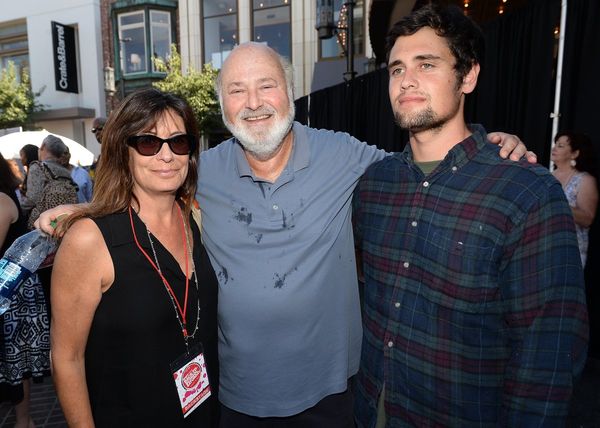
Jupiter's new images; Here's all you need to know
- In the standalone view of Jupiter, auroras extend to high altitudes above both the northern and southern poles of Jupiter. The auroras shine in a filter that is mapped to redder colors, which also highlights light reflected from lower clouds and upper hazes.

- A different filter, mapped to yellows and greens, shows hazes swirling around the northern and southern poles.
- A third filter, mapped to blues, showcases light that is reflected from a deeper main cloud.
- The Great Red Spot, a famous storm so big it could swallow Earth, appears white in these views, as do other clouds because they are reflecting a lot of sunlight.
- The brightness indicates high altitude – so the Great Red Spot has high-altitude hazes, as does the equatorial region.
- The numerous bright white ‘spots’ and ‘streaks’ are likely very high-altitude cloud tops of condensed convective storms.

- The James Webb captures Jupiter with its faint rings, which are a million times fainter than the planet, and two tiny moons called Amalthea and Adrastea.
- The fuzzy spots in the lower background are likely galaxies “photobombing" this Jovian view.

According to the scientists, Jupiter is harder to work with than more distant cosmic wonders because of how fast it rotates. Combining a stack of images into one view can be challenging when Jupiter’s distinctive features have rotated during the time that the images were taken and are no longer aligned.
Judy Schmidt of Modesto California, a longtime image processor in the citizen science community, processed these new views of Jupiter.
Schmidt has no formal educational background in astronomy. But 10 years ago, an ESA contest sparked her insatiable passion for image processing. The “Hubble’s Hidden Treasures" competition invited the public to find new gems in Hubble data. Out of nearly 3,000 submissions, Schmidt took home third place for an image of a newborn star.
Her love of astronomy images led her to process images of nebulae, globular clusters, stellar nurseries, and more spectacular cosmic objects.
NASA and the European Space Agency's $10 billion successor to the Hubble Space Telescope rocketed away at the end of last year and has been observing the cosmos in the infrared since summer.
Scientists hope to behold the dawn of the universe with Webb, peering all the way back to when the first stars and galaxies were forming 13.7 billion years ago.
The observatory is positioned 1 million miles (1.6 million kilometers) from Earth.







